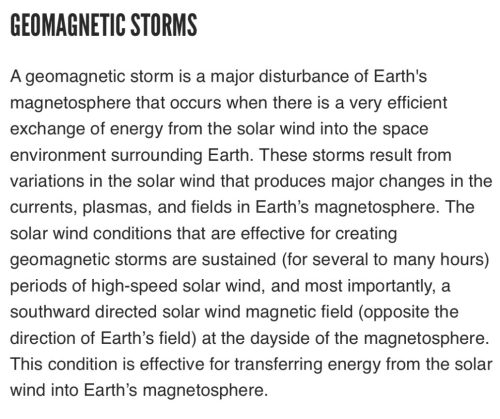A major geomagnetic storm is impacting Earth, the NOAA Space Weather Prediction Center (SWPC) said Sunday afternoon. The G4 level storm will cause a significant disturbance in the Earth’s magnetic field, which may degrade GPS and communication networks.
Saturday, the SWPC issued geomagnetic storm watches through Monday as a coronal mass ejection was on track to impact Earth. At the time, the agency said the geomagnetic storms could reach G2 “moderate” and G3 “strong” strength now upgraded to G4.
The China Meteorological Administration has issued an alert on a strong geomagnetic storm, possibly lasting from Sunday to Tuesday. Caused by coronal mass ejection from the Sun, the geomagnetic storm will trigger aurora displays in certain areas on the Earth, although the US is not expected t see any special displays. It’s been estimated that this is the strongest geomagnetic storm so far during solar cycle 25.
The CME struck Earth’s magnetic field on March 24th (1437 UT). The impact opened a crack in our planet’s magnetosphere and sparked a severe G4-class geomagnetic storm–the strongest geomagnetic storm since Sept. 2017. The timing of the CME did *not* favor observers in Europe or the United States. Instead, New Zealand got the light show


So should you be throwing your phone in the microwave? (It’s a great emergency Faraday cage.) Well, no. The largest ever recorded was much, much stronger coming in at G57 or thereabouts.
The Carrington Event was the most intense geomagnetic storm in recorded history, peaking from 1–2 September 1859 during solar cycle 10. It created strong auroral displays that were reported globally and caused sparking and even fires in multiple telegraph stations.